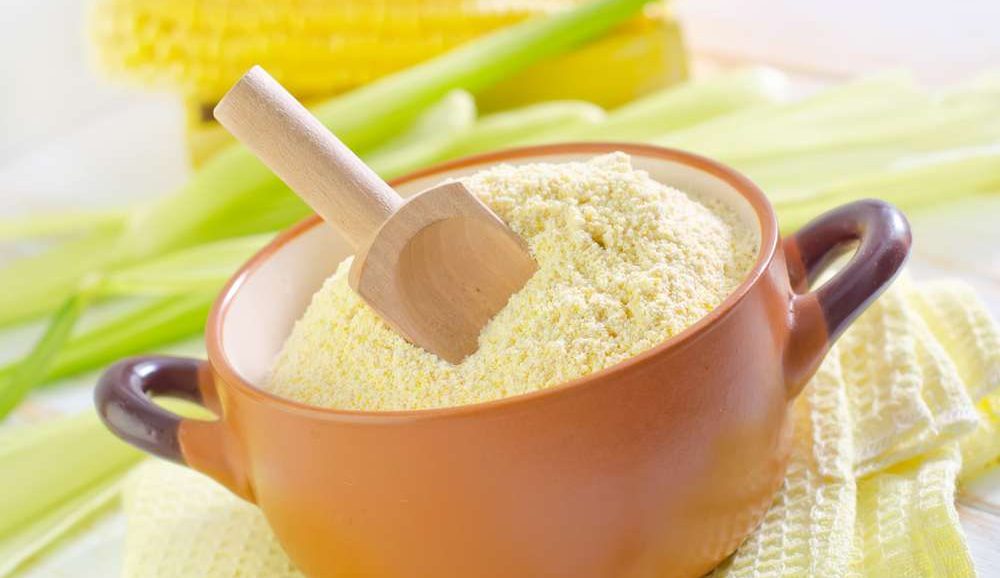Last Updated on June 8, 2021 by Niks
Corn Flour Vs Cornstarch
The debate has always been existence about the confusion of Corn Flour Vs. CornStarch. Corn starch and cornflour are made from corn, but their nutritional profiles, tastes, and applications are somewhat different. Corn flour is a finely powdered powder made from entire corn kernels used in baking in the United States. Maize starch, on the other hand, is a fine powder made only from the starchy portion of corn.
They have varied culinary applications due to their various nutritional levels and processing methods. Furthermore, the names for each are different in different regions of the world. Everything you need to know about the difference between corn flour and cornstarch is covered in this article.
Processing of Corn Flour and Corn Starch
Corn flour is made by pulverizing whole corn kernels into fine dust. As a result, it includes protein, fiber, carbohydrates, and the vitamins and minerals contained in whole corn. Yellow is the most common color.
Maize starch, on the other hand, is a highly refined substance made by extracting the protein and fibre from the corn kernel and leaving just the starchy endosperm. After that, it’s ground into a fine white powder.
Corn flour is high in B vitamins, iron, potassium, magnesium, and various other minerals and provides extra fiber and protein. In comparison to corn flour, corn starch has no B vitamins and significantly fewer other nutrients.
Differences in Flavor
Corn flour has a similar earthy and sweet flavor as corn. To give bread, pancakes, waffles, and pastries a corn taste, it can be used in place of wheat flour. However, cornflour is sometimes mistaken with cornmeal, a coarser crushed flour formed from corn kernels created in the United States.
When compared to corn flour, cornmeal has a stronger flavor than corn. Corn starch, on the other hand, is mainly flavorless and hence provides texture rather than flavor. It’s a flavorless powder that’s typically used to thicken sauces.
Calorie Count of Corn
Corn starch and cornflour have a relatively tiny difference in calorie content, according to maize and corn-based products conducted in the United States. The rest of the nutrition profile is nearly identical between the two products. Commercially processed and produced goods, on the other hand, are often enriched, whereas maize milled and crushed at home or in smaller mills is usually not.
Major Differences Between Corn Flour and Cornstarch
Aside from how cornflour and corn starch are made, the biggest distinctions are in the flavors, textures, and even health advantages they provide. They are both gluten-free, which is one thing they share in common. Gluten is a protein present in grains containing oats, such as wheat, rye, barley, and other grains.
Cornflour and corn starch, both of which have this feature, are excellent choices for celiac disease sufferers or gluten-free baking and cooking in general. Unfortunately, despite their similarities, these two substances cannot be substituted for one another.
Cornflour may be used to make bread, pastries, and other carbohydrates because of its high protein content. Cornflour’s fine and smooth texture resulting in a light and airy texture that is less crumbly. It may also be substituted for cornmeal in recipes that call for it.
On the other hand, corn starch does not hold up well in baking since it is devoid of protein and other comparable components. It has the primary quality of giving the required thickness to the mixes. It is commonly claimed to have double the thickening capability of regular wheat flour. Corn starch may be used to thicken sauces and stews, but it must be mixed with boiling liquid to avoid clumping.
Uses in Recipes
Corn starch and cornflour cannot be used interchangeably in recipes due to their different nutritional contents. However, in addition to or as a substitute for wheat flour, cornflour can produce bread, pancakes, biscuits, waffles, and pastries. It adds a distinct maize taste to the dish as well as a vivid yellow color.
On the other hand, cornflour lacks gluten, the key protein in wheat that gives bread and baked products their elasticity and strength. Subsequently, the final product may be denser and crumblier than expected. Soups, stews, sauces, and gravies are commonly thickened using corn starch. It should be blended with a cold beverage before being added to a hot meal to eliminate lumps.
Corn starch can’t be used in the same manner as cornflour in baking since it’s primarily starch and doesn’t have any protein or fat. However, corn starch may be used in fried or breaded meals to assist give a crispy finish. Finally, to minimize clumping, corn starch is frequently added to the confectioner’s sugar.



